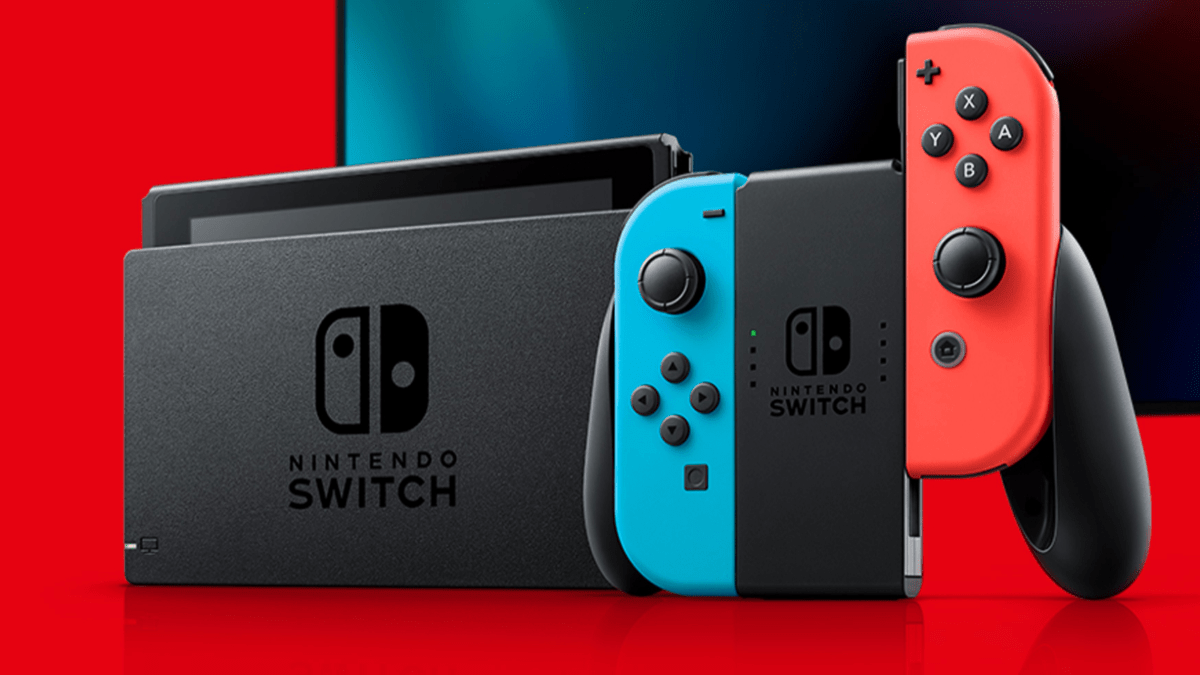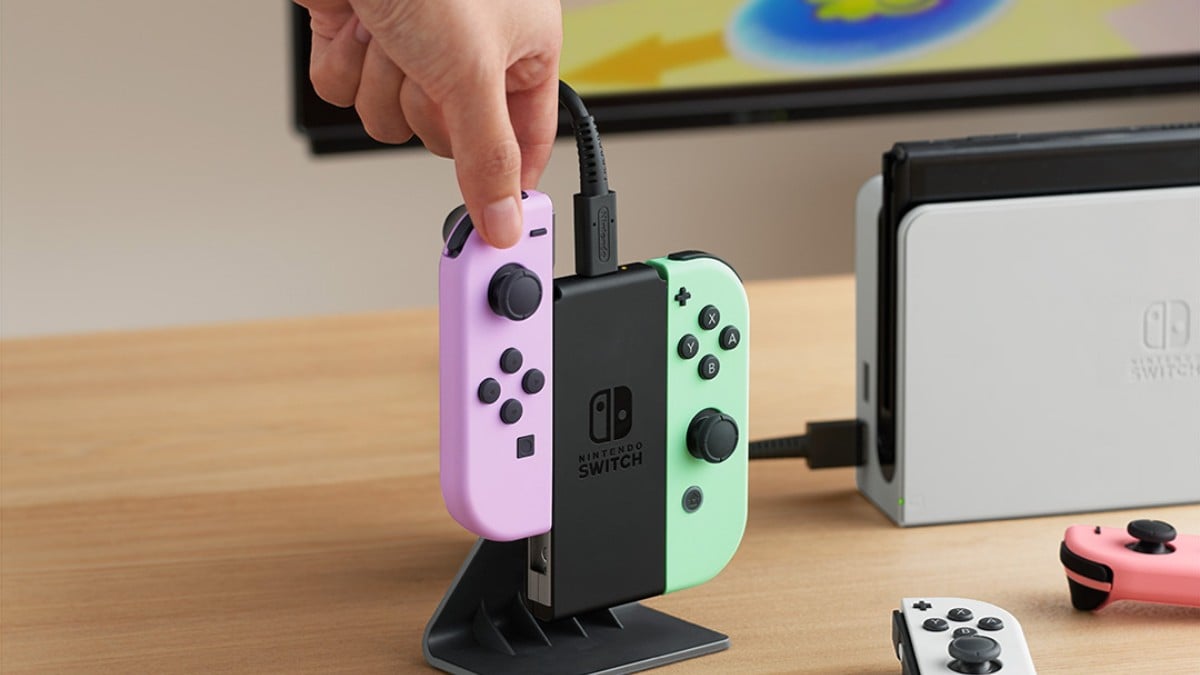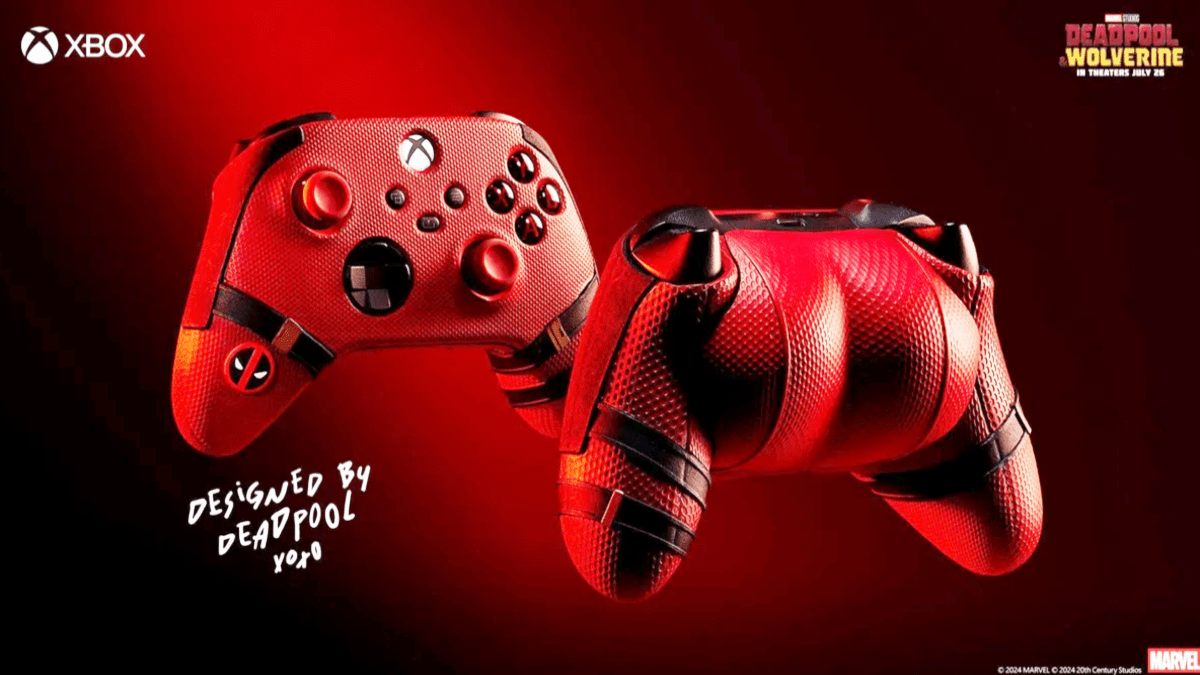When Slightly Mad Studios’ Project CARS was released for consoles back in 2015, it was met with an unusually mixed reception. Hardcore racing sim fans got behind their steering wheels and played until their hands were tired, such was the level of detail and authenticity provided. Other players bounced off the game pretty sharply, due to standard controllers providing a sub-standard experience.
That’s why I should mention that before I get into the main portion of this review, I’ve mainly been playing Project CARS 2 with a standard DualShock 4 controller. High-end racing wheels are certainly nice to use and work much as you’d expect them to in-game, providing a greater level of authenticity and a more flexible time of things. But, we wanted to focus on the kind of experience that the game delivers when using the standard PlayStation hardware that the vast majority of players will be expecting to use.
Out of the gate, it’s easy to see that Project CARS 2 provides a massive playground for anyone even remotely interested in motorsport. The count of track locations and cars have both more than doubled. New motorsport disciplines such as IndyCar and rallycross have been included, as well as ice racing for those who want to brave it. The formerly dull and unengaging career mode has been given a welcome overhaul. Online races feature safety and strength ratings so you can weed out the bad seeds that just want to drive like they’re in the dodgems at a carnival. A full 24-hour cycle is available so you can take part in what is the best and most authentic representation of the famous Le Mans 24 Hours since Infogrames spectacular 2001 Dreamcast title, Test Drive Le Mans. The Indy 500 is available, complete with a rolling start if you like. So is the breathtaking Monaco GP circuit. You can rock some stock cars around Bathurst. Have yourself a little track day and drive Silverstone in a KTM X-Bow if that takes your fancy. Sprint around Suzuka in a kart. Find out just how difficult it is to get around a storm-swept Nurburgring in a LaFerrari without stacking the thing into a wall.

Pretty much any scenario you can think of is available, and the sheer wealth of options at your disposal for altering and tweaking things to get them exactly how you want is massively impressive stuff. In many ways, Project CARS 2 is the ultimate racing playground.
However, the freedom allowed by the game means that there’s a broad opening for bugs to crawl in and unfortunately, more than a fair few have crept past the testers. In some cases, they’re just plain old bugs. In other cases, it’s hard to tell if they’re genuine bugs or just confusing and bizarrely myopic design. Take pitstops as an example. Racing at Laguna Seca in a GT3, you pull into the pits, and the crew comes out. The camera pans around as you watch them fuel up the car and replace the tires before letting you go. All good. Racing around Algarve International in a Formula C car in career mode, you clip an opponent and are called in for repairs. You drive up to your garage and stop. Nothing happens. There’s no pit crew, no sounds, no sign on the screen saying that your car is being repaired, no timer…nothing. For all the world, it looks like the game has screwed up. But wait long enough – three full minutes, in one case – and you’ll hear the lone whirr of a single wheel gun disengaging before you’re suddenly released without warning. Is that a bug, or did the team just decide to not put pit crews in place for every type of car or on every track? You tell me.
Then there’s the user interface. If you don’t see color absolutely perfectly, you’re in for a hard time. Then again, if you do see color absolutely perfectly, you’re in for a hard time. In the menu system, selected options are a pale blue, while available options are a light grey. The on-track mini-map is practically invisible. The active delta timer in the middle of the screen is a grey box with either barely readable soft red text or entirely unreadable light green text. You can try to make things a bit better by using the powerful HUD editor that allows you to alter the position and detail of every element on display, for every individual race camera. The only problem is that half the time, you press the button to save your layout, and the game completely forgets your changes.

Any assistance that is provided has a habit of being more of a hindrance. Fancy taking a Lamborghini Veneno around the Red Bull Ring for a few laps with automatic gears and mechanical failures switched on? Good luck with that; even if you’re driving around at medium pace, the automatic gears in that car have a tendency to over-rev before every change. That means your engine will just get hotter and hotter from the get-go and will eventually blow halfway through the second lap. Every single time. Throw a little stability control on to help prevent spins and slips, and you might find that the car auto-corrects your angle by locking the wheels so that you drive straight off the track when you’re rounding a 180 degree bend a little too quickly for the system’s liking. When you’re learning the ropes on a new course, you can turn on a braking indicator. This appears on the tarmac and dynamically changes to tell you if you’re going too fast or slow into a corner. It would be beneficial if it wasn’t for the fact that it’s barely visible in many views, inaccurate for a large portion of the time, and either shows up far too late or just doesn’t bother in some cases.
This may sound like a laundry list of complaints, but what I’ve detailed isn’t even half of the problems that you’ll trip over in Project CARS 2. A lot of the bugaboos are simply due to the massive amount of combinations of options in play. Maybe your car of choice is violently unsuited to driving in wet weather, or the tire choice you’ve made is suicidal when you decide to accompany it with a little traction control? The freedom given means that you’ll never know without experimentation. That’s part of the fun of it, but the game does absolutely nothing in the way of providing any indicators as to what’s causing this particular session of racing to be infuriating and frustrating, as opposed to simply being challenging and engaging.
The biggest issue most people using a controller will have is the horrendous default setup. This year, the game is at least playable using a DualShock 4 but the default setup is bizarre. For some reason, the game ships with the brake set to 85% sensitivity, the throttle set to 35%, and the steering set to 17%. Bearing in mind that 50% represents one-to-one control in these settings, that’s somewhat baffling. It essentially means that you have to move the stick a lot further than you’d think to turn the wheel a little bit, which ultimately gives you less control and causes you to spin out a lot. The brakes being so sensitive makes a lot of vehicles absolutely undrivable. A very, very light tap on L2 in a car that doesn’t weigh much when you have the default setup in place will cause you to almost instantly spin. Though you shouldn’t have to, altering the throttle, brakes, and steering all to the logical 50% makes the experience is a much, much more enjoyable and understandable one.

And enjoyable is what – believe it or not, given the number of issues – Project CARS 2 is. You have to navigate around a lot of bugs. But, provided you’re of the right mindset, you’ll find a hardcore racing simulation where the battle isn’t necessarily between you and the opponents, but between you, your car, and the track. Of course, the hardcore simulation nature of the game does mean that it isn’t for everyone. If you play Forza or Gran Turismo with a whole bunch of assists in place and the thought of disabling any of them fills you with dread, then you aren’t going to have a good time, here. No, Project CARS 2 is a game that needs to be learned, rather than simply beaten. It steadfastly refuses to help you with that learning curve – aside from providing an engineer that will assist you with car setups – but if you set to your task and just try to get a little bit better each time, there’s a ton of fun to be had.
In the reviewer’s guide for the game, the developer simply suggests that if you’re having a hard time and spinning or slipping all over, you should slow down. That sounds like throwaway advice, but it’s the absolute key to enjoying Project CARS 2. Motorsport isn’t about putting your foot to the floor, ignoring the racing line, slamming the anchors on and correcting your position while cornering, then accelerating away while you’re still turning. It’s about respecting the physics of the vehicle and the layout of the track on which you’re racing. That doesn’t always mean that the fastest driver is the guy that gets to jam the accelerator earliest and most often. I’ll admit that as a massive fan of racing games who isn’t particularly good at them, I was infuriated beyond belief for the first three or four hours of play. I tried everything to keep the car stable, aside from following the simple advice to slow down. When I finally did that, it was like playing a whole new game. Racing in Project CARS 2 is essentially about finding your own personal limit and then pushing it further and further away until you’re riding right on the edge of safety. Driving along in last place in your Renault Clio, slowing to almost stationary to stop yourself from spinning out on every corner, just doing your best not to get lapped doesn’t sound like lots of fun. But as you’re doing that, you’ll find yourself getting faster, pushing the limits of tire grip and perfecting your angles. You’ll get your first clean lap in without spinning, and it’ll feel like a race win. Your lap times will – slowly – start to come down. You’ll work out how much of the rumble strip you can hit before it becomes detrimental or dangerous. Your first podium finish will come after that, followed, hopefully, by your first win! Then, as soon as driving that car becomes second nature, you’ll step into another vehicle in another location and realize that it all needs to be learned again.
If that sounds like a chore, this isn’t the game for you. If it sounds like a million Christmas days all rolled into one, you’re in the right place. When it gets things right, Project CARS 2 is absolutely all that it’s cracked up to be, and is in a class by itself on consoles. It’s just a shame that it’s held back from absolute greatness by a plethora of bugs, an expectation that everybody playing the game already has their FIA Super Licence in real life, and an absolute fear that realism will be lost if things are made more comfortable for the player in any way.
This review is based on the PlayStation 4 version of the game, which was provided to us by Bandai Namco Entertainment








Published: Sep 25, 2017 01:02 pm